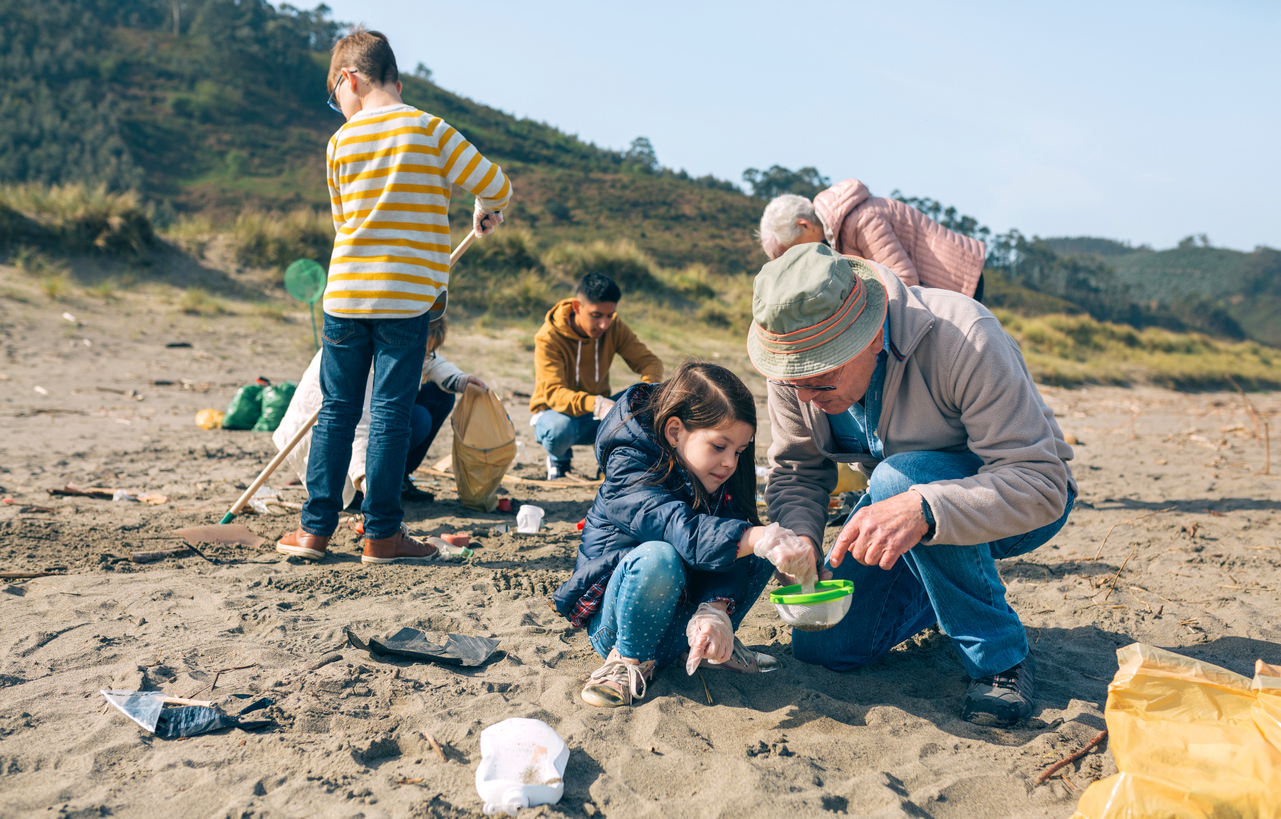Conservation through cultivation
We strongly believe that seahorse cultivation is a key element to the survival of the species. If demand can be met with farmed specimens, it would relieve the huge pressure felt by the currently overfished wild population.
We are initiating captive breeding projects in areas where seahorses are actively fished. This initiative will help alleviate pressures on the wild populations and create employment for local seahorse fishing families.
Stop fishing pregnant males

Current fishing practises are detrimental to the survival of seahorses. Our research has shown that many males are caught when they are pregnant. We are campaigning for changes in fishing laws to better protect the wild populations of seahorses.
A simple change such as returning pregnant males to the wild would make a huge difference to the populations of seahorses found in the oceans.
Education

“Education is not the filling of a pail, but the lighting of a fire” – W.B. Yeats. We believe that by creating awareness of the plight of the seahorse and its associated habitats that we can encourage alternatives to the use of Traditional Chinese Medicine (TCM) and empower people to want to protect seahorses and their habitats.
Providing education on sustainable alternatives and the benefits of healthy biodiverse ecosystems to cultures and communities will ignite a passion to conserve, not consume.
“Education is the passport to the future, for tomorrow belongs to those who prepare for it today” – Malcom X. Raising awareness of the plight of seahorses and the marine environment is vital to their long term future. It is not only vital that individuals know the effect they have on seahorses in the wild but also that they know the huge benefits of healthy ecosystems and the services they provide.
We are passionate about delivering this message of hope and positive change. Through a diverse array of platforms such as multimedia campaigns, documentaries and social media we can reach millions of interested minds and hearts with beautifully presented footage of the secret life of seahorses in their marine home.
Marine reserves
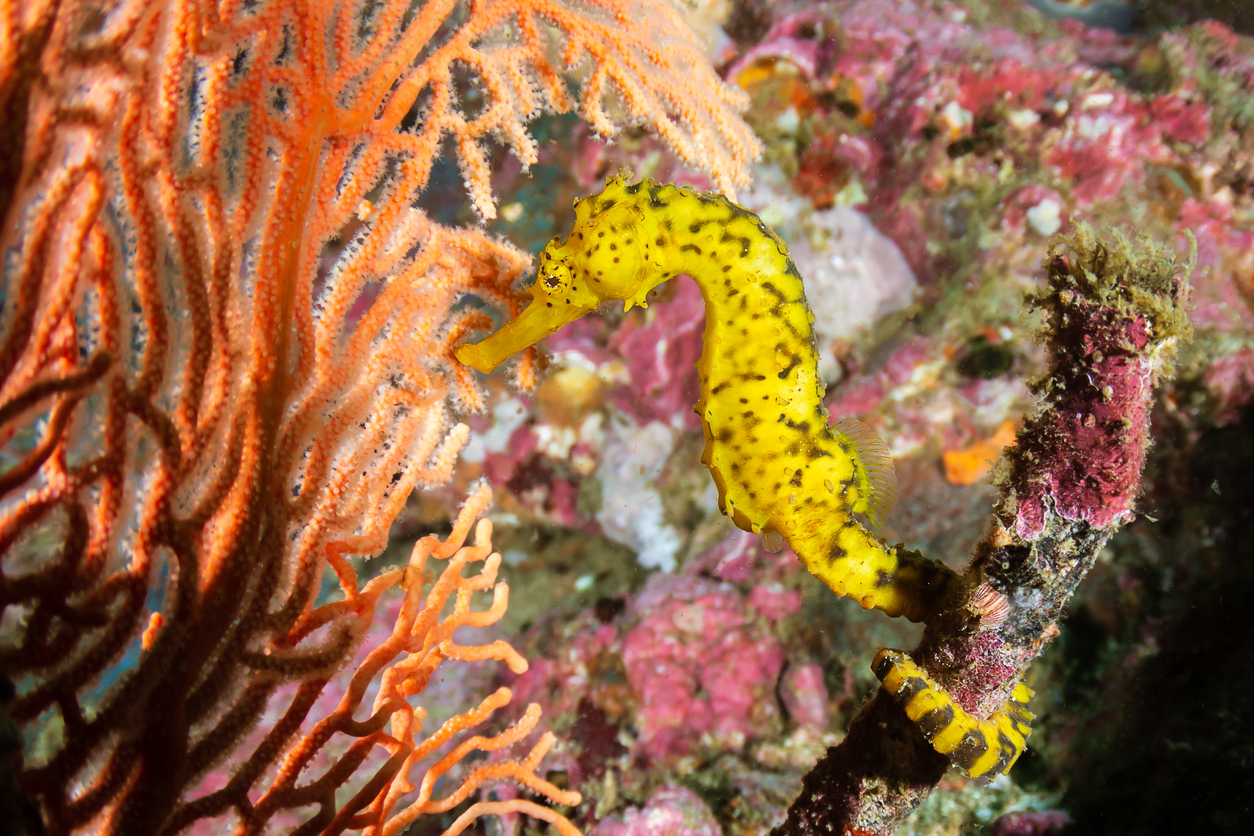
A marine protected area (MPA) is a region designated and managed for the long- term conservation of marine resources, ecosystem services, or cultural heritage. The designation of MPAs has proven time and time again that protection allows ecosystems to return to their natural state.
An ecosystem can then repopulate the surrounding areas with the spillover of species breeding within it acting as a reserve of species that can support fishing communities and eco-tourism, prevent ocean acidification and act as a blue carbon sink. By comparison with a degraded unprotected ecosystem, a protected ecosystem has an abundance of services and opportunities to offer, not only for people but for the planet as a whole.
We are currently working in partnership with Marine Conservation Cambodia, the Cambodian Government and Projects Abroad to set up just such a project in Southern Cambodia.
ECO Tourism
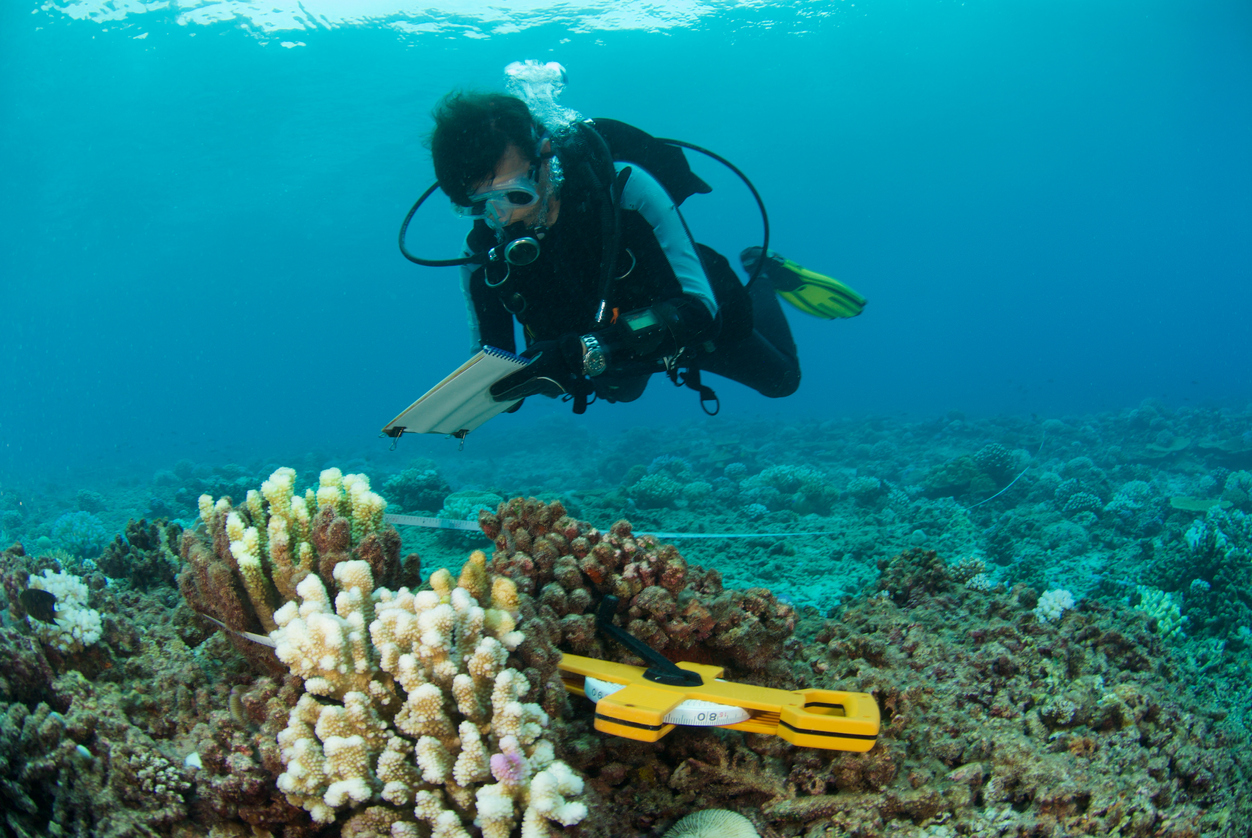
Marine reserves would also encourage ecotourism. This would not only spread the word on the problem of dwindling seahorse numbers but also be a source of income for locals. Eco tourists can help with conservation management by collecting essential research data in the wild.
Habitat Protection
Saving Seagrass
Seagrass is the only underwater flowering plant in the world and has the longest pollen grains known to man. It forms shallow underwater meadows that inhabit only 1% of the ocean floor but is responsible for 10% of the annual carbon sequestration in the oceans, making it an ecosystem that ranks as one of the most efficient natural carbon sinks on earth, removing carbon 30 times faster than the rainforests and oxygenating our blue planet.
Seagrasses provide food, shelter, oxygen rich water and essential nursery areas to commercially and recreationally fished species along with countless invertebrates, mammals and birds. Theses crucial meadows are being wiped out around the world at over 7% per year and to save them we need to:
- Restore and protect degraded seagrass areas
- Reintroduce seagrass through planting where it has been wiped out
- Install seagrass friendly eco-moorings to prevent anchor and chain damage
- Improve water clarity by reintroducing filter feeding shellfish and reducing sediment and nutrient run off form the land
- Educate recreational water users about possible damage from the equipment they use
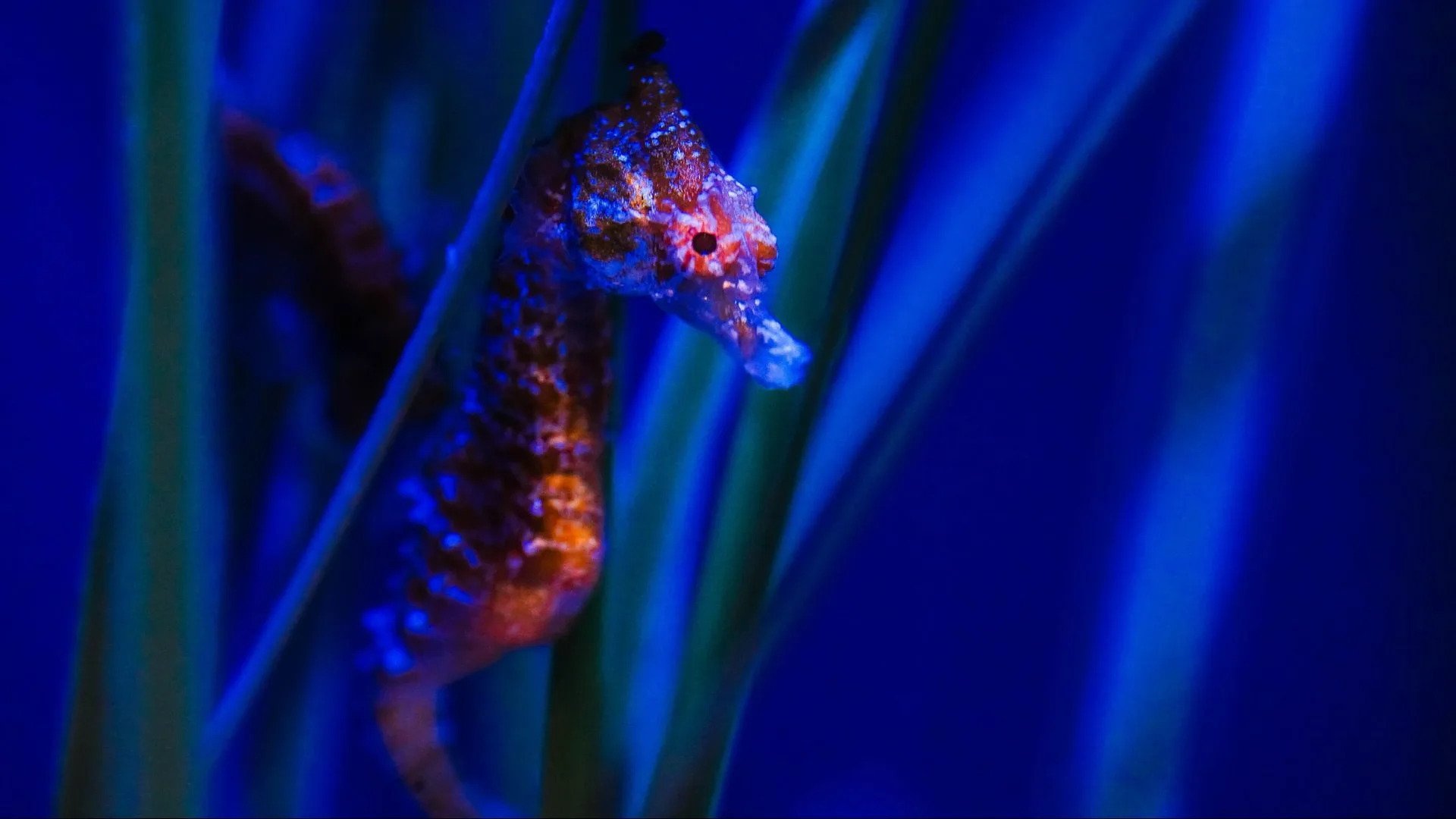
Oyster Reintroduction
How does nature clean water? Why are coastal waters and estuaries murky and unsanitary? No one is filtering the water. Seagrass beds depend on water clarity so they can use the sun to photosynthesise and support other species such as seahorses. The symbiotic relationship between oysters and seagrass therefore promotes biodiversity.
For 500 million years oysters have been the cleaners and engineers of the ocean. They filter seawater which allows seagrass to thrive. By building large reef structures they create sheltered lagoons which are an ideal habitat for seahorses. Where are oysters and oyster reefs today? In the last 150 years, 99% of the world’s oyster reefs have been wiped out.
Oyster reintroduction has been proven to improve coastal protection against storms, to provide habitats for many marine species and to clear the water allowing seagrass meadows to grow back, enabling the ecosystem to recover. One oyster can filter up to 200 litres per day!
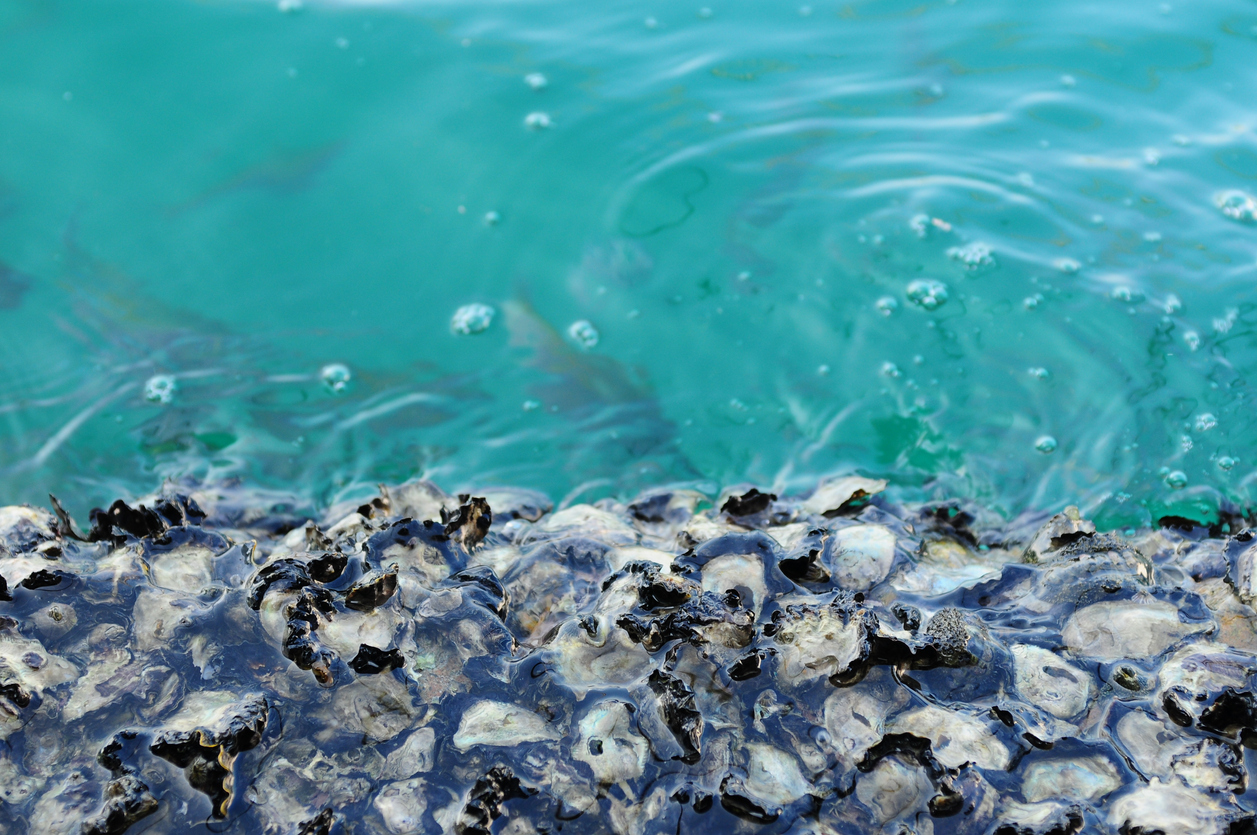
Plastic collections
Save Our Seahorses have organised family beach plastic clean ups and run education events in schools and public places to educate about the damages plastics cause to seahorses and other marine creatures. This results in lots of young eco warriors who continue the good work in the community.
